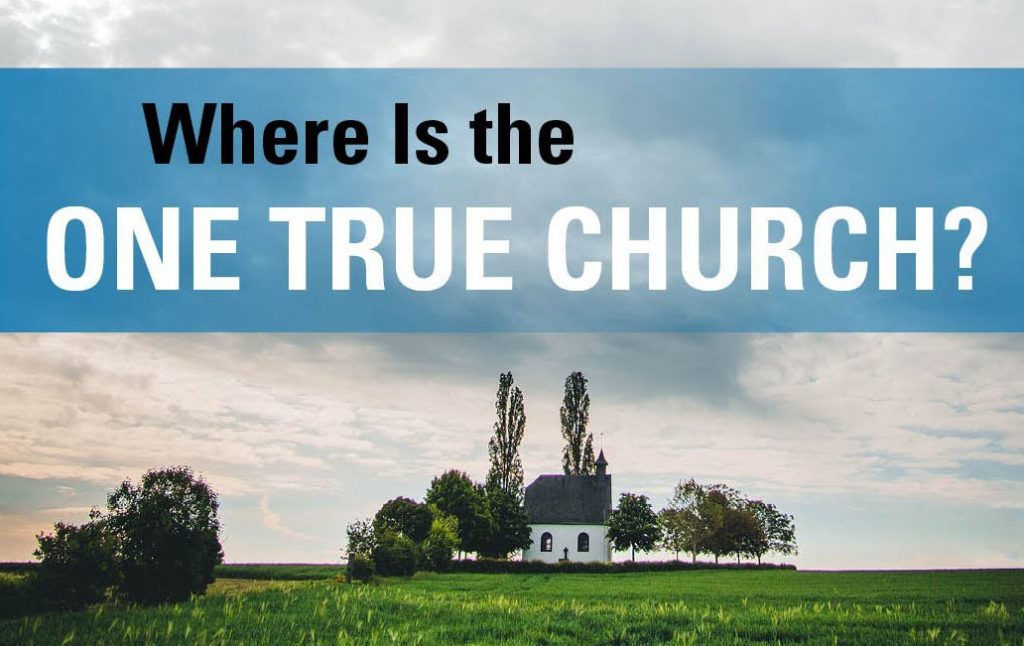
Failing to tell the truth, and failing to face the truth, is ultimately more harmful than the opposite.
Rod Dreher
Calvin and vaccines
Sixteenth-century Reformer John Calvin taught this creational theology with particular verve. “Wherever you cast your eyes,” he wrote in Institutes, “there is no spot in the universe wherein you cannot discern at least some sparks of God’s glory.” What many today call the “natural world” was, for Calvin, a “dazzling theater” of God’s glory. He lamented that “scarcely one man in a hundred is a true spectator of it!”
Calvin insisted that through medicine God “provides us with the capacity to attend to our illnesses.” Indeed, he exclaims, “whoever does not take account of the means [medicine] which God has ordained does not have confidence in God but is puffed up with false pride and temerity.”
Telling a story
But you can’t convincingly tell a story until you’ve made it your own. Until we allow the story of Jesus to shape our own, to make us more and more into his likeness, we just sound like Pharisees, bleating about religious freedom, insisting on our rights, and demanding the world conform to our esoteric form of holiness. And that’s what people like my Uber driver see. They might be neutral about Jesus, but their views about the church are anything but impartial. Indeed, the reputation of church has never been lower.
Michael Frost
center of the cosmos
…why not put human being at the center of the cosmos? The universe might be vast, but it is cold and empty. Yet here, in the midst of that vast icy silence, exists a hot, burning flame. You are a candle in the darkness. Incandescent. More mysterious and remarkable than anything reveled by astrophysics.
Richard Beck
“Pursuing one goal to the utter exclusion of all others is not to make a choice but to run from it. It’s not leadership; it’s abdication.”
Mitch Daniels
Electric Christians
Among the “new” things of that era [19th century] were new religious ideas. An interesting group of those ideas fall under the heading of the powers of the mind. It was the great century of electricity and it seems only inevitable that such a force would become a power image for spiritual energy. Already in the late 1700’s, there arose “electrotherapists.” One such physician, T. Gale of upstate New York, who used electricity for the cure of mental and physical diseases, described it as the “soul of the universe.”
For Gale, his fellow electrotherapists, and their numerous patients, electricity was a material current of divine love; matter and spirit, nature and grace, were different aspects of a single reality. God, for Gale, was the “spiritual sun” whose love was “spiritual nutrition”; electricity was that spiritual substance in material form, “participation of the same element as the natural sun diffused through all the natural world.” There was, in Gale’s view, “no animation in the natural world” except by the heat of the “ethereal fire.” Echoing [Jonathan] Edwards, Gale believed that the discovery of electricity and its divine healing properties augured a worldwide Christian millennium. (McCarraher, The Enchantments of Mammon, p. 136)
I often think that in our contemporary times we are tempted to become “electric Christians.” We “send out thoughts and prayers” as though they were radio signals. We gather as many people who will agree to join us in prayer as though its power and effectiveness were somehow increased if more people “generate” it. It is a powerful image, and our thoughts in that direction are not intentionally wrong. But prayer and matters of the Spirit are not electrical forces (nor even like electrical forces). The Holy Spirit is quite silent for the most part (Jn. 16:13). Nevertheless, the Spirit is a person – not a force to be used. It is not for us to create such false images in an effort to explain what cannot be known.
Fr Stephen Freeman
Fundamentalist
A fundamentalist … is absolutely certain that his system of thought gives him access to unvarnished truth, and therefore doesn’t waste time examining contrary evidence or engaging in dialogue with nonbelievers. The fundamentalist is unshakable in his belief that his viewpoint is perfectly clear and so cannot be misinterpreted. He reasons down from initial premises to what he takes to be unchallengeable conclusions.
Persuasion Community
Between stimulus and response there is a space. In that space is our power to choose our response. In our response lies our growth and our freedom.
Victor Frankel

View from the Front Porch
The world looks different when you view it through grief.
RIP
Jordon Ezell

Still on the Journey

